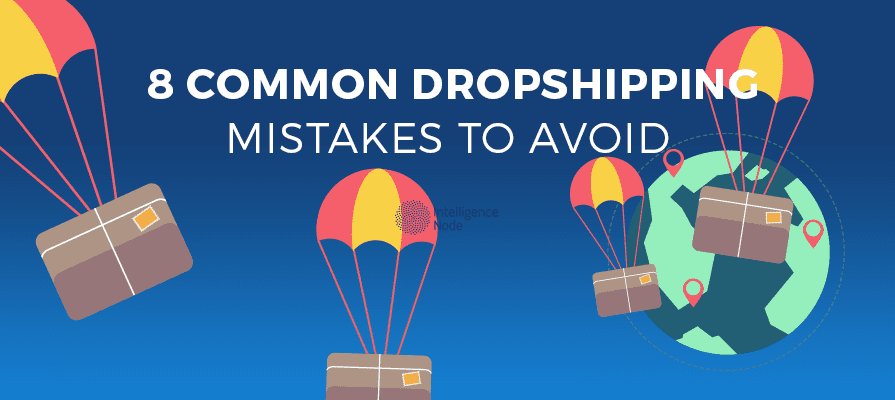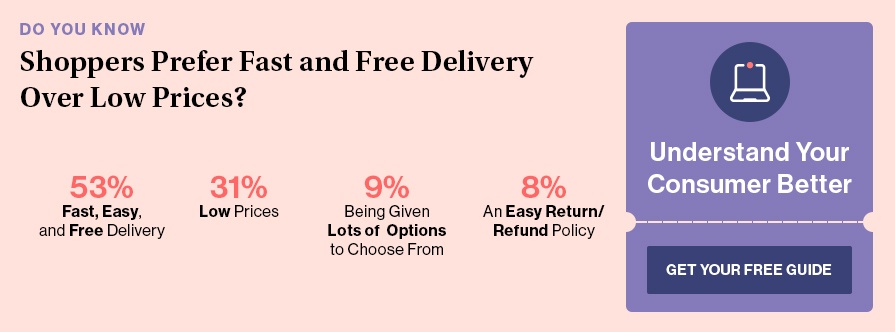Dropshipping seems to be a no-brainer for retailers in a world that jumps at any opportunity to make a business transaction quick and convenient. It may appear that, now, your only concerns are acquiring your product and marketing with a bit of savvy. Yet, you cannot forget about the customer’s experience if you want to keep your business afloat. True, you may be able to pass on the tedious tasks of inventory, order filling, and ensuring shipment.
However, the dropshipping company isn’t spending any time worrying about your customer’s feelings. How are you to know that your customer will be satisfied? The customers are the ones bringing in the money. If they aren’t happy, everything goes out the window. In order to fully reap the benefits of using dropshipping, you will need to understand your responsibilities and what mistakes usually cause it all to backfire.
What Exactly is Dropshipping?
Store owners use dropshipping to carry out orders directly from the manufacturer. This way you don’t have to worry about dealing with shipping procedures and all inventory logistics become the dropshippers concern. This is all fine until you receive a customer complaint and you have to take accountability for an error you didn’t make. This is why you want to know how everything is running and be sure to expect the hiccups before they come.
Dropshipping Mistakes to Avoid
1. Worrying About Shipping Costs.
It’s never productive to worry, though shipping costs can be a doozy. You will want to decide where your priorities lie in this area. Depending on where orders are coming from, shipping prices can range all over the board. Setting a flat rate can alleviate this stress, and usually evens out with time. This not only makes things easier for you, it’s straightforward and easy for customers as well.
2. Relying Too Much on Vendors.
A good many crises can arise by putting too much trust in a vendor. For example — If you only have one vendor, they could go out of business or raise their prices on you. They could run out of the items you expect them to provide. Then where would you be? This is why you should always have a backup. For your own insurance, it is wise to write up a contract with your vendors to ensure they are aware of your expectations. This will guarantee that all involved have agreed to uphold what you require.
3. Expecting Easy Money.
As we have already established, dropshipping provides a level of convenience that may appear to make your job a simpler one. Yet, you cannot forget how essential marketing your product is and all of the competition you will be coming up against. This requires research and the development of a unique approach that will make your product more appealing than everyone else’s.
4. Making Order Information Difficult to Access.
When you’re guaranteeing a quick and easy process for your customers, they’re going to want to see the evidence. Set up estimated ship dates based on location and require vendors to keep you updated on the order’s status so you can keep the customer informed. This way, you can monitor orders if you expect them to arrive later than planned and troubleshoot quickly.
5. Not Enough Brand Display.
With dropshipping, it can be hard to ensure your brand continues to be seen throughout the customer’s entire experience. You don’t want people to forget about you, so inserting your brand as many places as possible is key. To keep your name involved after shipping you can include branded packing slips, inserts and custom external packaging. It’s also not a bad idea to send a follow-up thank you note or a survey to remind them of you and show them you care about their experience at the same time.
6. Botching Order Changes and Cancellations.
People quite often click the wrong button, order an item by mistake, or simply end up changing their mind. When this occurs you want to be sure the customer is properly refunded or the adjustment is accurately made. If you aren’t paying close enough attention, the vendor may go ahead and ship the order and you will end up with a negative review you can’t get rid of. Be sure your vendor confirms they have made the change with you before you confirm anything with the customer. While they are waiting for confirmation, let them know you have received their request and are working on making the changes for them.
7. Mishandling Damaged or Lost Items — Plus Other Shipping Issues.
When a customer experiences a problem with their order, they are already unsatisfied with you. You want to be prepared to offer them a quick and easy solution, not fuel the fire. Creating a process for managing and handling order problems will assist in making the customer feel accommodated.
8. Return Complications.
If you don’t have a system set up for returns, things can get messy very fast. To avoid this, you and your vendor will need to establish a return policy. Customers will be waiting expectantly for their refund, and being unorganized on this front will not make them happy. They may also need instructions explaining how and where to return the item. Organizing a system for this will save both you and the customer a lot of confusion and irritation.
In conclusion, the customer’s experience is your main concern. Though inventory control and shipping are not your job, you should still be making sure everything is carried out well. With enough planning and proper management, all of these dropshipping mistakes can be avoided and your business will function more smoothly.





